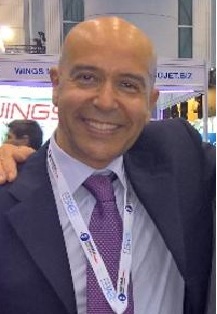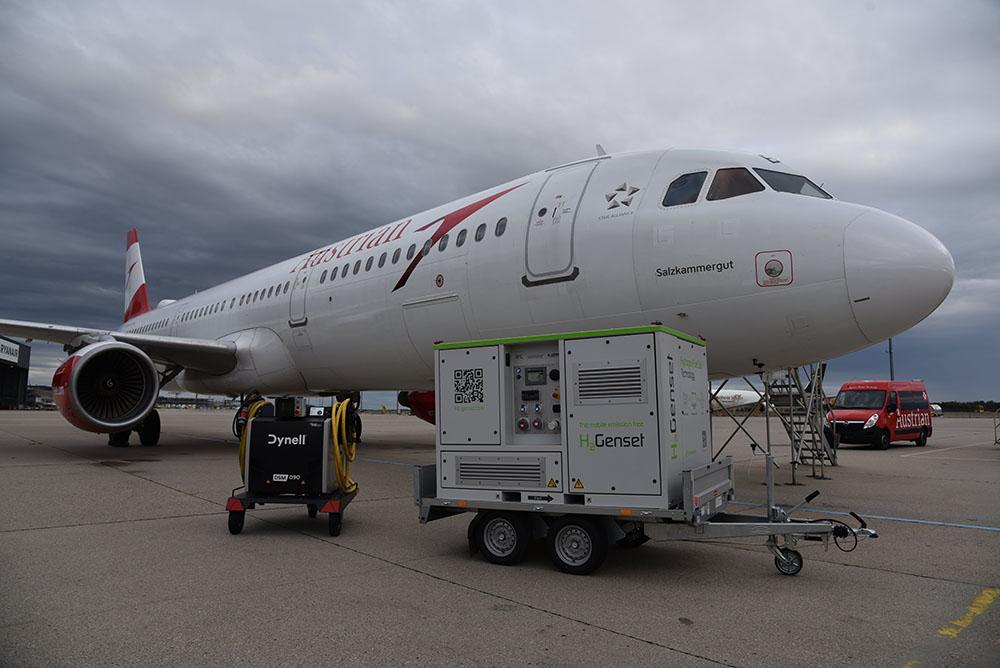Austrian Airlines Tests Hydrogen-powered Maintenance
Details
More Products & Services
Products & Services
Aerospace | Aviation Week Network
Aviation Week Network
https://aviationweek.com/themes/custom/particle/dist/app-drupal/assets/awn-logo.svg
Home - Aviation Group Marketing
Aviation Week Network
120 data points on over 156,000 commercial and business aviation aircraft, including military transports. Discover the most trustworthy resource for the complete aircraft history, plus ad hoc reports, month-over-month trend analysis and details on expected deliveries through 2050.
People

Andrea Rossi Prudente
Aviation Week Network

Becca Balmes
Aviation Week Network

Belinda Tan
Aviation Week Network

Brian Everstine
Aviation Week Network
Editor

Eddie Krankowski
Aviation Week Network
Assistant Manager, Tradeshows

erving dockery
Aviation Week Network

Lisa Tan
Aviation Week Network
Senior Marketing Manager

Mark Thomas
Aviation Week Network
Description
Austrian Airlines has completed a pilot test that could pave the way for hydrogen-powered aircraft maintenance work.
During the pilot test at Vienna Airport, Austrian used an H2Genset hydrogen generator from Test-Fuchs along with a frequency converter from Dynell to supply emission-free power supply for an Airbus A320 while it carried out regular maintenance tasks on the aircraft. According to the airline, this type of maintenance is typically carried out in the hangar with ground support electrical power.
Austrian says this hydrogen-powered option saves around 30 kg of CO2 per hour compared to diesel-powered energy supply. The airline estimates that it could save around 60,000 kg of CO2 annually by using this system an average of 5.5 hr. per day.
Austrian plans to continue testing the technology at its Vienna hub, and the project partners want to use the pilot project to build expertise and familiarization with the necessary infrastructure for hydrogen-powered mobile energy supply.
To further reduce emissions, Austrian's maintenance department has ordered three electrical ground power units. It is also using more sustainable cleaning techniques, such as Test-Fuchs' Waliclean system for waste line cleaning and Water Separator WSS4 to reduce water content from hydraulic fluids and avoid hydraulic waste.
Austrian is also equipping four of its Boeing 777-200ERs with Lufthansa Technik's friction-reducing AeroSHARK film to improve fuel consumption and reduce CO2 emissions. The airline plans to finalize application of AeroSHARK by the first quarter of 2025, and it expects the technology to save more than 8,600 metric tons of CO2.
During the pilot test at Vienna Airport, Austrian used an H2Genset hydrogen generator from Test-Fuchs along with a frequency converter from Dynell to supply emission-free power supply for an Airbus A320 while it carried out regular maintenance tasks on the aircraft. According to the airline, this type of maintenance is typically carried out in the hangar with ground support electrical power.
Austrian says this hydrogen-powered option saves around 30 kg of CO2 per hour compared to diesel-powered energy supply. The airline estimates that it could save around 60,000 kg of CO2 annually by using this system an average of 5.5 hr. per day.
Austrian plans to continue testing the technology at its Vienna hub, and the project partners want to use the pilot project to build expertise and familiarization with the necessary infrastructure for hydrogen-powered mobile energy supply.
To further reduce emissions, Austrian's maintenance department has ordered three electrical ground power units. It is also using more sustainable cleaning techniques, such as Test-Fuchs' Waliclean system for waste line cleaning and Water Separator WSS4 to reduce water content from hydraulic fluids and avoid hydraulic waste.
Austrian is also equipping four of its Boeing 777-200ERs with Lufthansa Technik's friction-reducing AeroSHARK film to improve fuel consumption and reduce CO2 emissions. The airline plans to finalize application of AeroSHARK by the first quarter of 2025, and it expects the technology to save more than 8,600 metric tons of CO2.

Share
Recent Chats
Share via email
Future: handle WhatsApp here
Future: handle LinkedIn here
Future: handle Twitter here
SUBMENU HERE
Share via Chat
Copy Link

